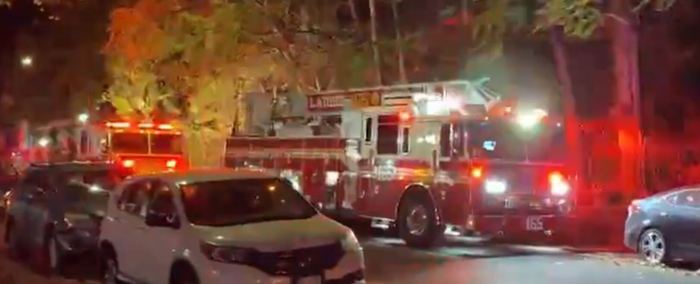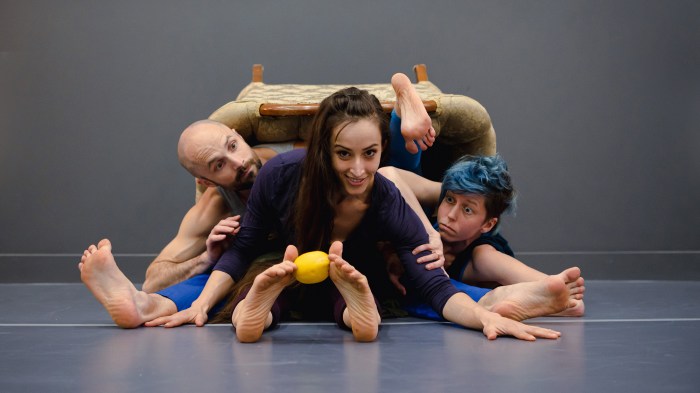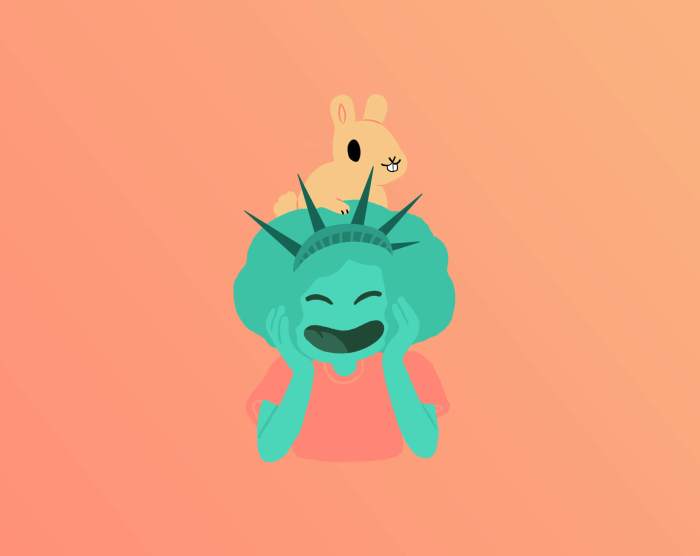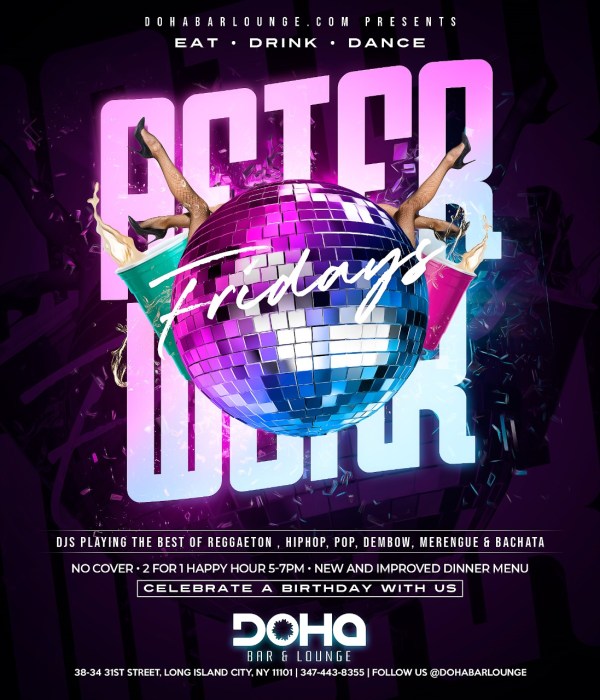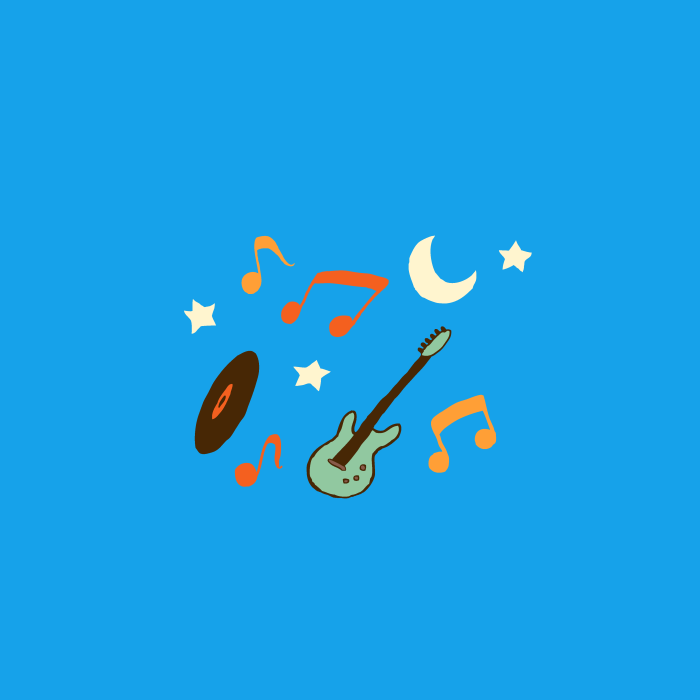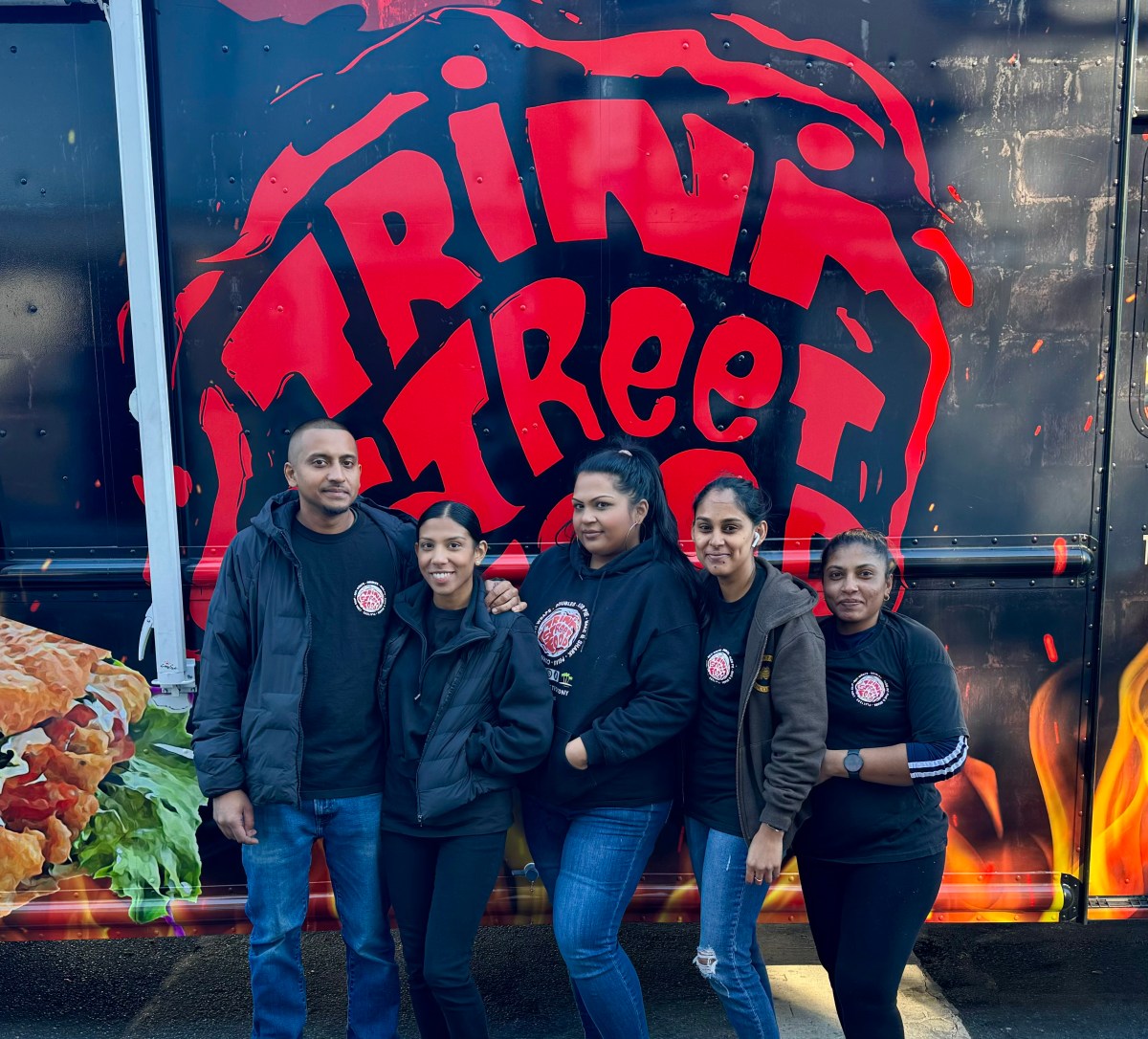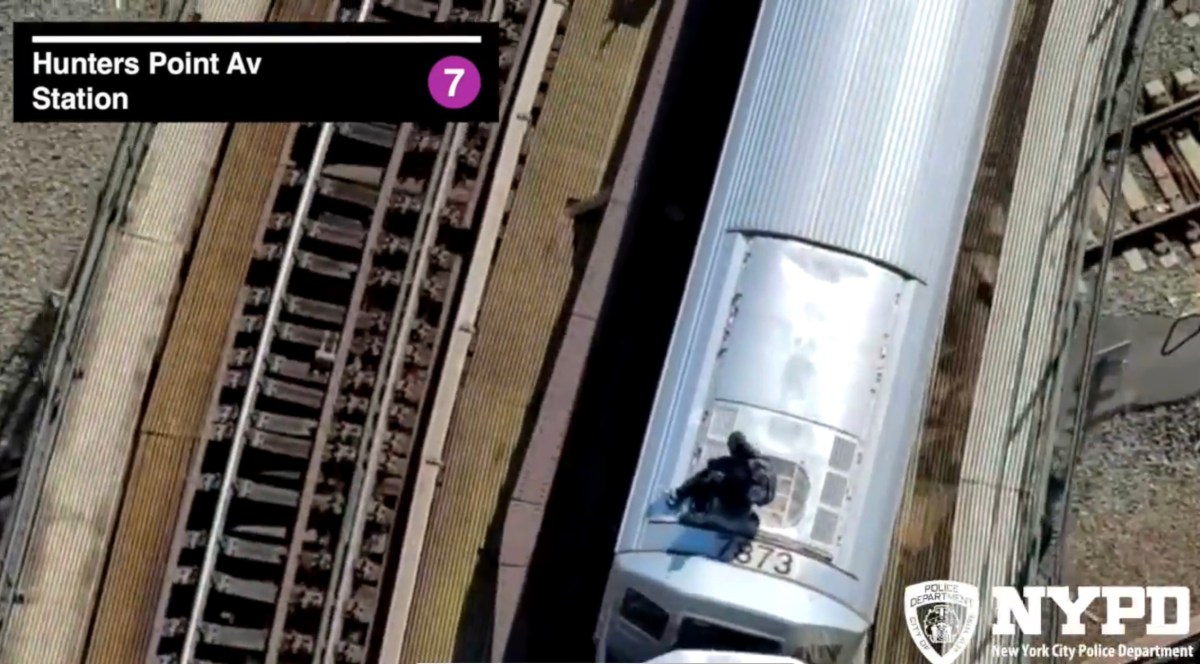By Jeremy Walsh
Just ask Library Director Andrew Jackson, who has run the library since 1981.”The 45,000-volume collection includes a special collection of theses and dissertations on black literature, between 1,200 and 1,500 volumes,” he said. “We are the only public library that circulates theses and dissertations. This is not only used by local people, but it also interloans with academic and public libraries throughout the country.”The collection also boasts a video and DVD archive of 1,500 items, including biographies, documentaries, popular movies and independent films.And specialized research collections in the research room include a black heritage newspaper collection of over 26 newspapers throughout the country.”There's one that goes back to the late 1800s,” Jackson said. “Depending on budget, how well we can continue to grow those collections, I think we'll have five or six databases. But those costs get expensive.”The library itself was born in the aftermath of the civil rights and black power movements of the 1960s, Jackson said. It opened in 1969 as an experimental program designed to suit the specific needs of the neighborhood.”We needed a library,” Jackson said. “And this time, we wanted a library that we had control over, that we could operate and staff ourselves, providing job opportunities for the teenagers growing up.”The library was a communal effort, with support from radical groups like the Black Panthers, as well as from middle-class professionals living in the neighborhood.Jackson, who grew up in Corona, said the Panthers helped fight for the storefront property that would become the library.The fledgling library soon created a series of cultural programs, including workshops on theatre, dance, photography and art.Jackson said there was even a newspaper workshop in conjunction with The New York Times.”They would send journalists and newspaper professionals to teach the kids, and the teenagers actually ran a paper for five or six years,” Jackson said.The programs dwindled in the 1980s, as funds from the New York State Council on the Arts and other sources began to dry up.But an after-school tutoring program, founded in 1971 and employing local high school and college students, continues to run strong, Jackson said.The library also hosts musical performances, literary readings, poetry readings, creative writing workshops, artists exhibitions, independent film festivals and three annual cultural celebrations.These less conventional uses for the library have always been a focus, Jackson said, since part of the library's mission is to attract non-readers.”A lot of people just come in to do research on the computers or database,” he said. “A lot come just for the programs. Others come for the language programs. It's always had one of the largest figures when it came to program attendance and daily activities. Probably one of the top 10.”He said his proudest achievement in his 27 years of running the library was the move in 2000 to a new building at Northern Boulevard and 100th Street.Jackson said plans for the future include boosting annual state funding from $25,000 a year to $75,000 a year.”We'd like to get back to offering more historical lectures so people can learn more about the black experience, the Native American experience, and the Latino-Hispanic black experience,” he said.Visit the library at 100-01 Northern Blvd., or call (718) 651-1100.Reach reporter Jeremy Walsh by e-mail at jwalsh@timesledger.com or by phone at 718-229-0300, Ext. 154.


